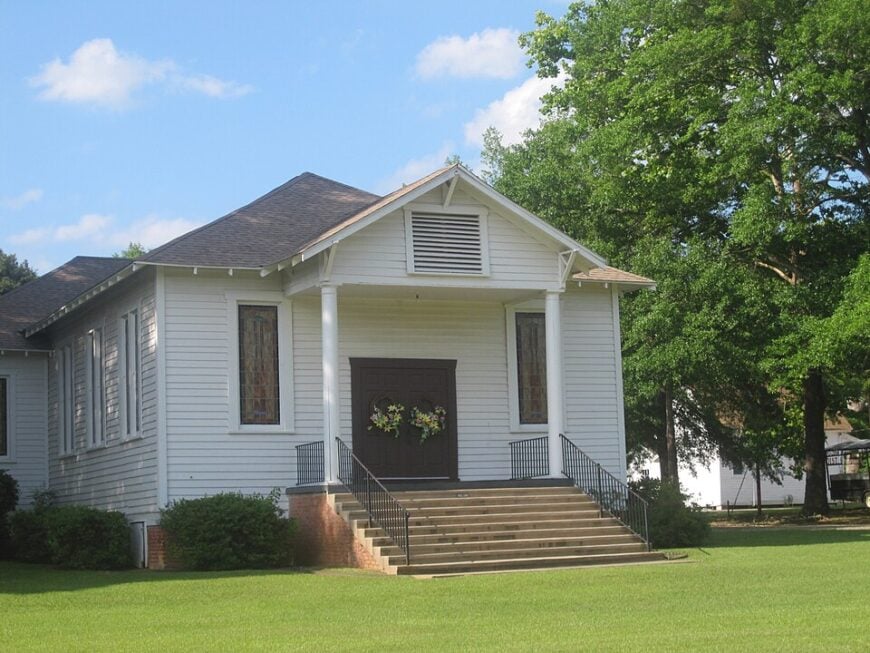
Northern Louisiana holds pockets of quiet country where pavement yields to gravel, porch lights glow few and far between, and the rush of interstates feels a world away.
Our team gathered 25 of these retreats, each one small, lightly traveled, and wrapped in woodlands or farmland that keep modern bustle at arm’s length. Visitors find dirt lanes ending at fishing holes, historic churches anchoring crossroads, and residents who still wave from pickups as you pass.
Cell signals fade, night skies sharpen, and everyday rhythms slow to a drawl that locals wouldn’t trade for city convenience. From pine-scented hills near the Arkansas line to hidden bayous south of Ruston, these communities offer real breathing room. Below, we count them down from ten to one.
25. Gilliam: Sunflowers and River-Bend Quiet
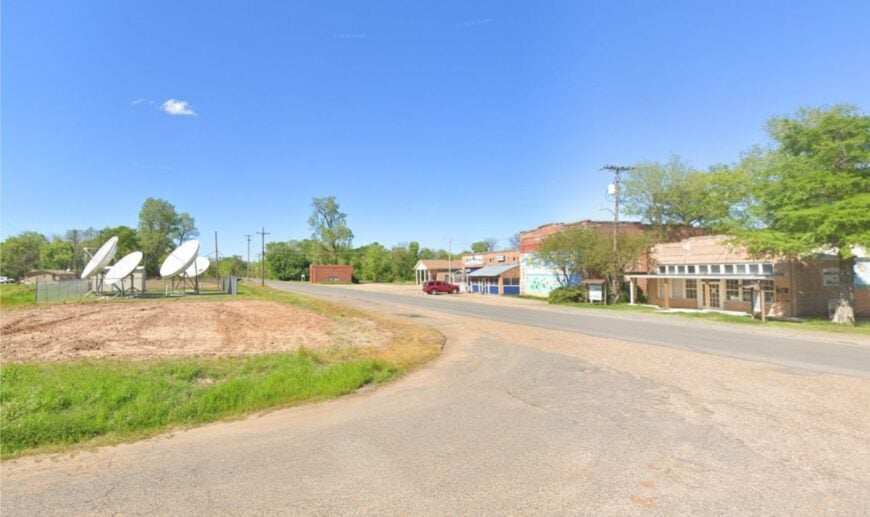
Gilliam feels like a wide, sunlit pause along the Red River, where fields stretch to the horizon and traffic moves like a rumor. Its seclusion comes from farm grids and levee roads that keep it off any hurried path.
The vibe is agrarian and cheerful—grain bins, porches with rocking chairs, and summer air that smells faintly of hay. Stroll the tiny main drag, photograph roadside sunflower fields in season, or cast a line where the river makes a lazy bend.
Pop into a local produce stand, then follow backroads that trade billboards for birdsong. Farming and specialty crops anchor the week. It’s the kind of place where the day slows to the rhythm of wind through rows.
Where is Gilliam?

Tucked in northern Caddo Parish, Gilliam sits about 25 miles north of Shreveport near the Red River levees. Most visitors follow LA-3049 or LA-1 through open farmland before turning onto parish roads.
The drive is all flat country and big sky. It’s close enough for a short day trip, far enough to feel like you’ve slipped out of time.
24. Belcher: Porches, Pecans, and Deep Shade
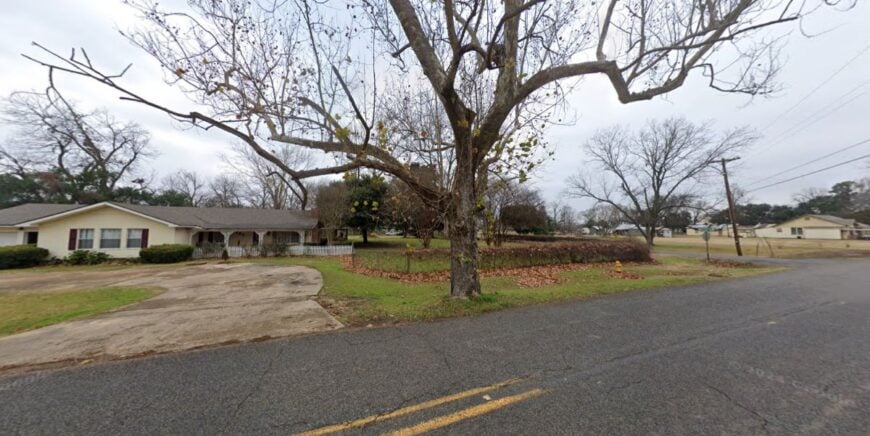
Belcher keeps to itself beneath tall pecans and oaks, a village where the afternoon hush has a way of lingering. Its out-of-the-way feel comes from two-lane approaches and the long stretch to any interstate.
The vibe is tidy and old South: white columns, clipped lawns, and neighbors who still wave from swing benches. Walk a loop past historic homes, picnic under shade trees, or explore quiet farm lanes at golden hour.
In fall, pecan harvest perfumes the air; in spring, songbirds furnish the soundtrack. Farming and small local services carry the economy along. It’s a gentle pocket that reminds you how soft a town can speak.
Where is Belcher?
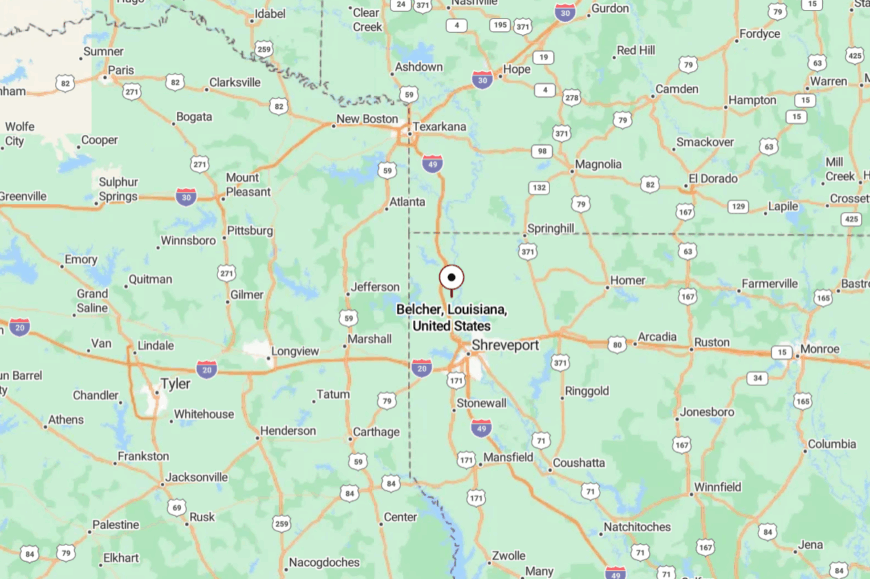
Belcher lies in northern Caddo Parish about 20 miles north of Shreveport. You reach it via LA-1 and then slower parish roads that slip between fencerows.
Grain fields and pecan orchards screen it from heavier traffic. By the last turn, the world sounds like wind and cicadas.
23. Rodessa: Pine Lines and Oilfield Stories
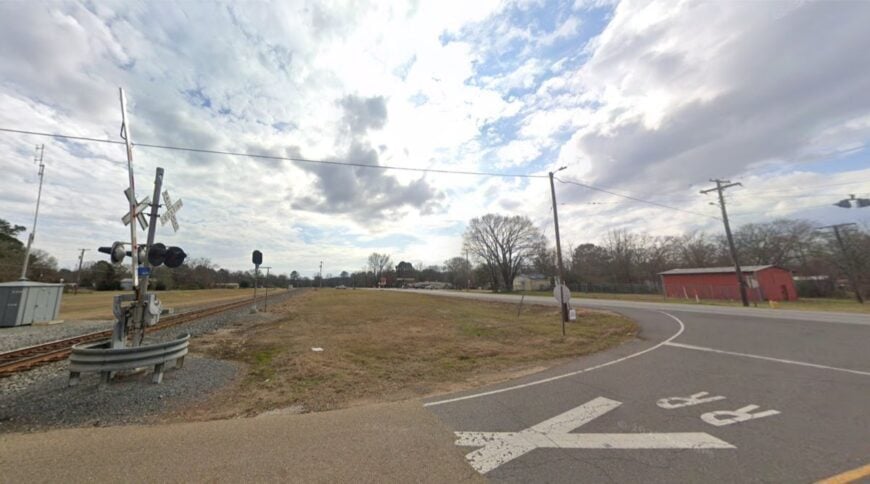
Rodessa sits close to the Arkansas line, a small settlement marked by pine woods and the bones of old oil history. Seclusion here is built into the borderlands—few through routes, long distances, and timber that hems the horizon.
The vibe is rustic and proud: a couple of storefronts, weathered equipment on display, and folks who still swap wellhead tales. Wander sandy lanes for birdwatching, drive to small lakes for bank fishing, or browse vintage oil relics that hint at booms gone by.
Weekend cookouts drift across yards when the breeze is right. Timber work and regional oil services still leave their mark. It’s the kind of quiet that carries the echo of a whistle from another era.
Where is Rodessa?
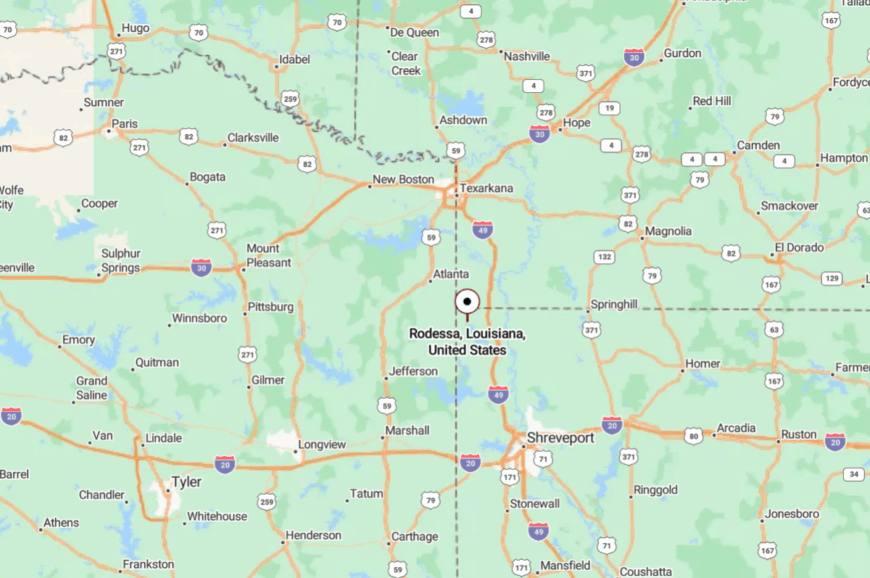
In far-north Caddo Parish, Rodessa sits just a few miles south of the Arkansas border and roughly 35 miles from Shreveport. US-71 brings you near, then parish roads finish the job.
The last miles pass pine plantations and open pasture. It’s easy to reach on a map, yet it feels pleasantly hidden on the ground.
22. Hosston: Bayou Bends and Front-Porch Evenings
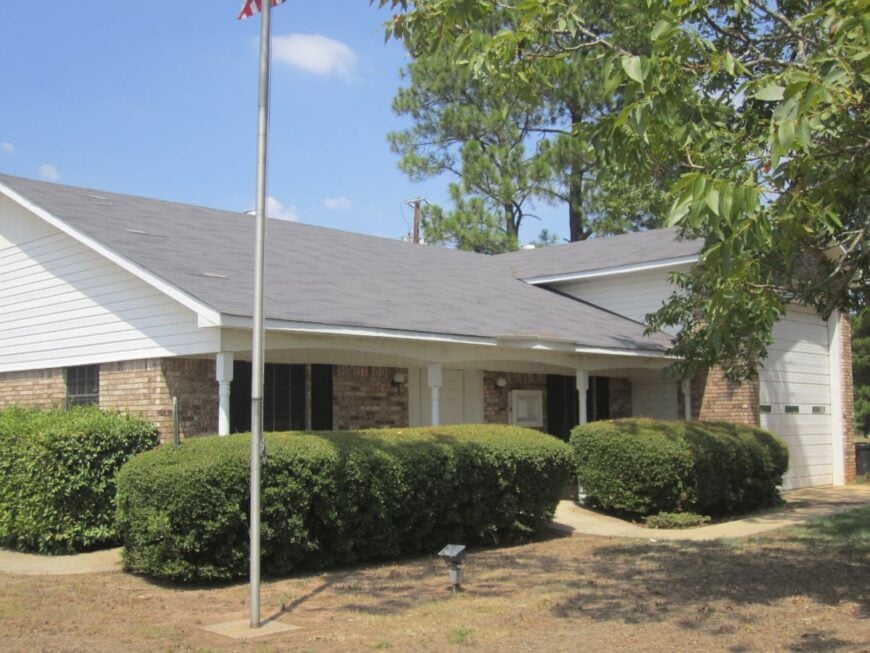
Hosston rides the curve of Bayou Dorcheat, where water slows and the evenings come on blue and calm. Its off-grid feeling comes from bottomland woods, a scarcity of services, and the miles to any busy corridor.
The vibe is neighborly and unhurried—front porches, bait buckets, and tractors trundling past at sunset. Fish quiet bends of the bayou, explore nearby wildlife areas, or take a backroad photo safari when the fog lifts off the fields.
A small café and a handful of shops keep everyday life simple. Farming and forestry share the week’s work. It’s a bayou lullaby of a town.
Where is Hosston?
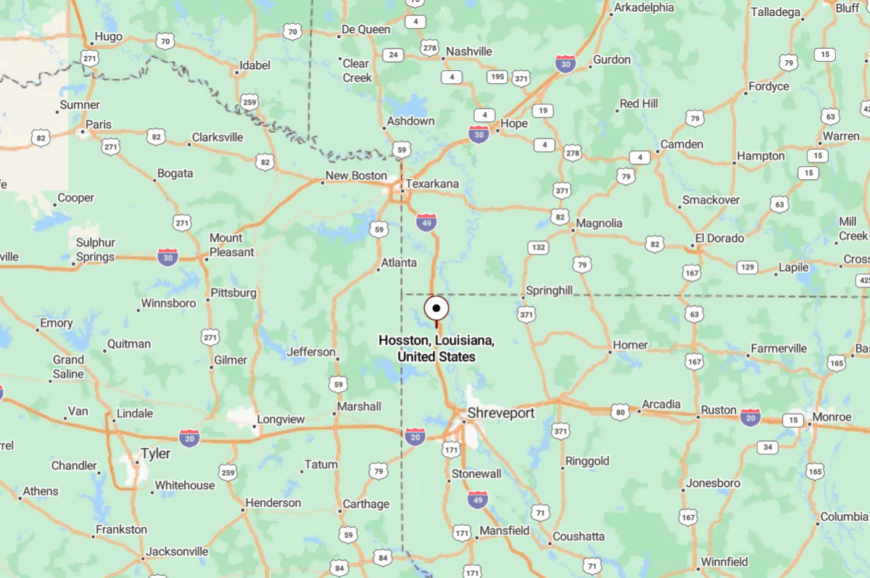
You’ll find Hosston in northern Caddo Parish, about 30 miles north of Shreveport and west of US-71. Approaches weave along parish roads that follow water and tree lines.
The bayou and low bridges slow the pace naturally. You arrive feeling like the map has exhaled.
21. Keachi: Oaks, Columns, and Whispered History

Keachi hides among live oaks and old verandas, a village that feels curated by time rather than plans. Its seclusion stems from rolling backroads and the absence of any major artery nearby. The vibe is historic and hushed—Greek Revival porches, brick walkways, and church bells that mark the hour.
Take a walking tour of preserved homes, snap photos beneath century trees, or detour to nearby country chapels. Spring azaleas and autumn leaves both suit the streets.
Heritage tourism and small farms mingle with commuter jobs in DeSoto Parish. It’s the kind of quiet where footsteps sound like conversation.
Where is Keachi?

Keachi rests in northwestern DeSoto Parish about 30 miles south of Shreveport. From US-171, you slip onto winding parish roads that crest gentle hills.
No interstate hum reaches the oaks here. It feels tucked into a green room with high ceilings.
20. Longstreet: Fencerows and Big Horizons
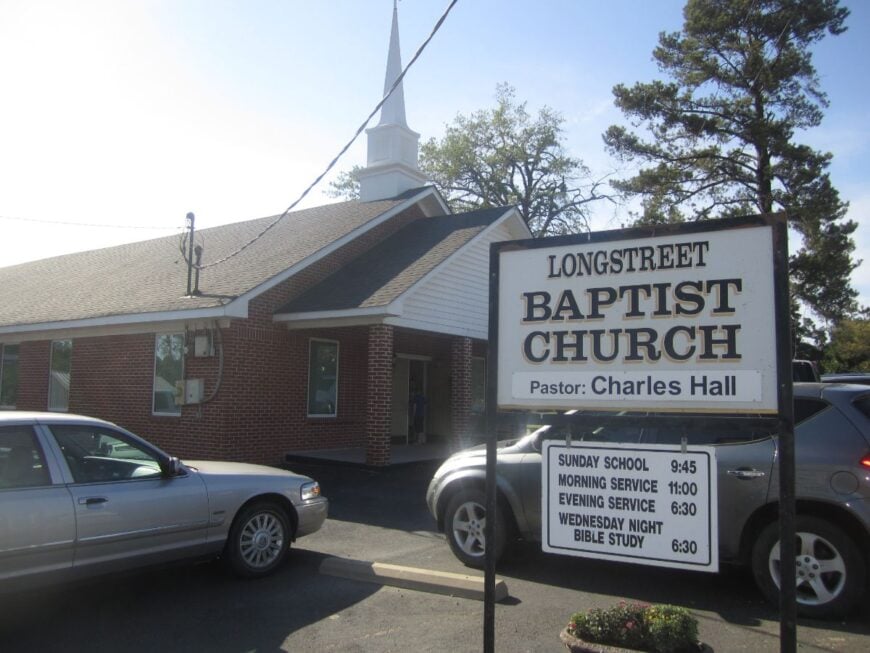
Longstreet is a string of homes and fields stitched to the land with more care than hurry. Its out-there feel comes from long sightlines, sparse services, and a map that prefers gravel to speed.
The vibe is spare and content: garden plots, tractors at dusk, and porches that catch the last light. Birdwatch hedgerows, fish farm ponds with permission, or linger on a sunset drive where the road meets sky.
Weekend potlucks double as newsrooms. Cattle and hay keep the economy grounded. It’s a town that practices the art of enough.
Where is Longstreet?
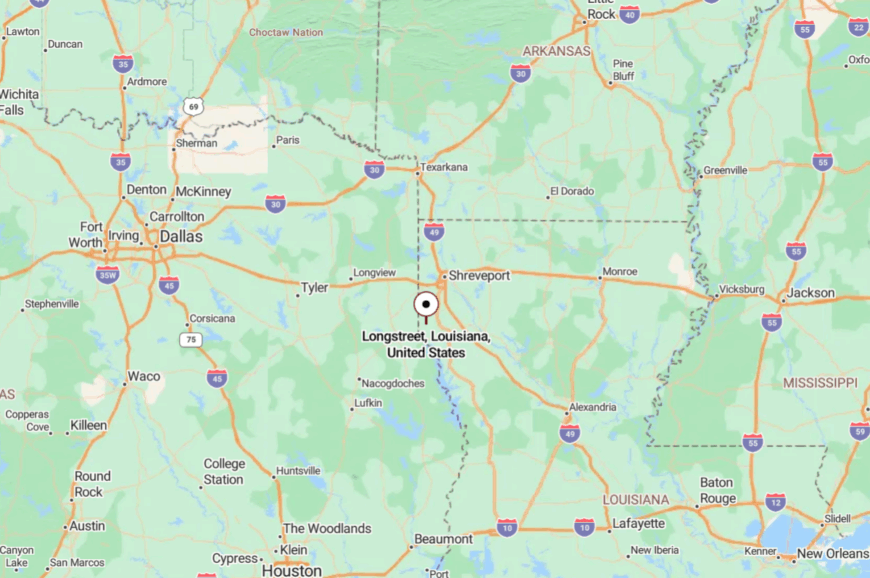
Located in western DeSoto Parish, Longstreet sits roughly 10 miles from the Texas line and about 40 miles south of Shreveport. US-84 or US-171 gets you close before parish roads do the rest.
The approach trades signs for fence posts. It’s close enough for a picnic, far enough for stars.
19. Grand Cane: Little Theaters and Lamp-Lit Nights
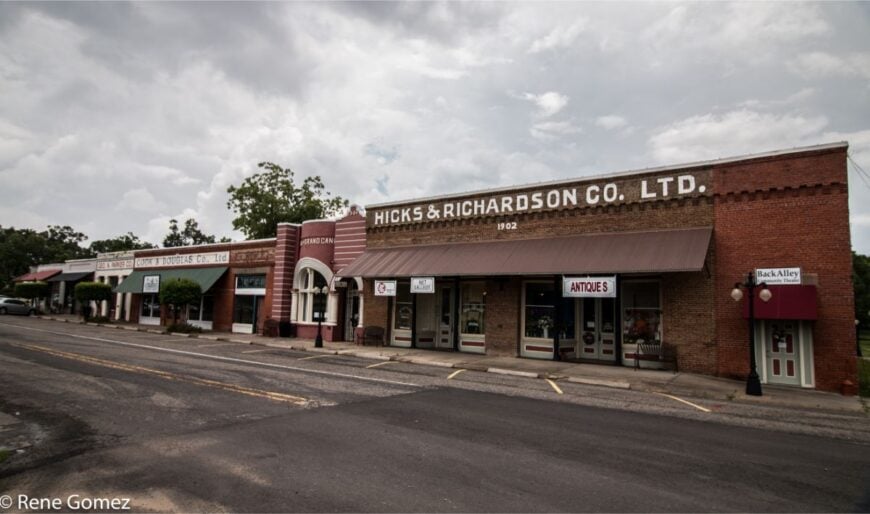
Grand Cane feels like a storybook set—restored storefronts, a pocket theater, and lantern-warm evenings after the last car rolls by. Seclusion comes from being a deliberate detour off bigger routes and keeping the village scale intact.
The vibe is heritage-artsy: playbills in windows, ironwork balconies, and weekend craft shows spilling onto brick walks. Catch a community play, browse antiques, or follow a self-guided history stroll past carefully preserved façades.
Coffee tastes slower on the boardwalk benches. Arts events and small shops pair with surrounding farms to pay the bills. It’s a place that makes small feel luxurious.
Where is Grand Cane?
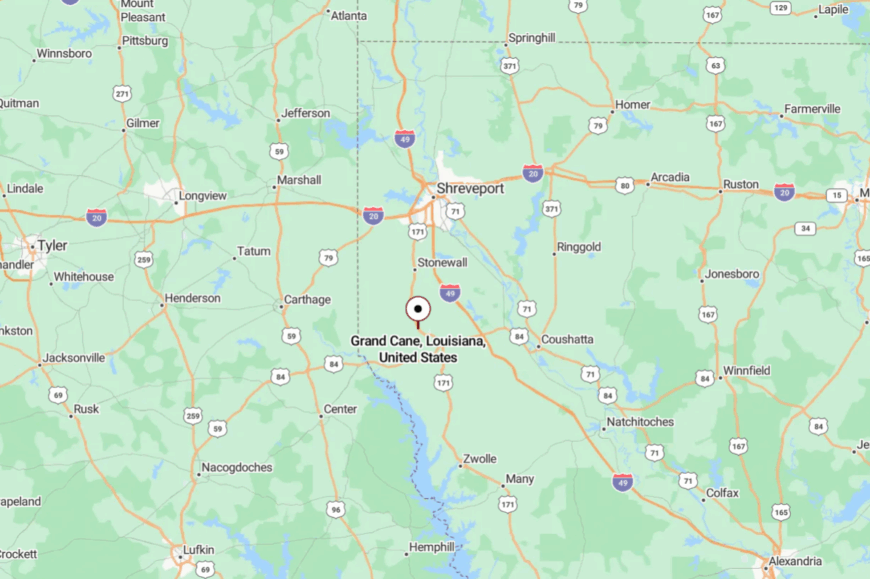
Grand Cane sits in central DeSoto Parish about 30 miles south of Shreveport. Turn off US-171 onto LA-3015 and slow through rolling countryside.
The final mile lands you in a tidy historic district. Distance does the soundproofing here.
18. Doyline: Lake Edges and Pine Scent
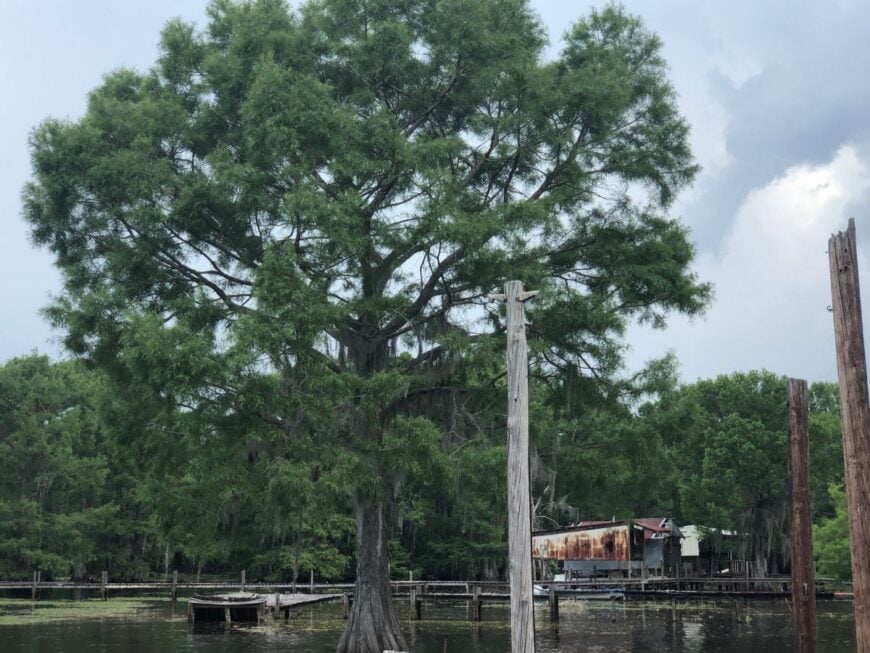
Doyline takes its cue from the water, with Lake Bistineau’s fingers wrapping around oak flats and cypress knees. Its tucked-away feel comes from causeways, low bridges, and backroads that keep casual travelers guessing.
The vibe is outdoorsy and low-key—boat ramps at dawn, minnows in a coffee can, and porch lights blinking across the water at night. Paddle through cypress alleys, watch great blue herons lift off the flats, or picnic beneath mossy limbs.
A couple of cafés and bait shops hold the center. Forestry and lake-season business round out the week. It’s a settlement tuned to the lake’s quiet metronome.
Where is Doyline?

In southern Webster Parish, Doyline lies about 25 miles east of Shreveport near Lake Bistineau’s northwestern coves. LA-163 and parish roads are your lifelines in, skirting marshy edges.
Floodplain curves keep speeds modest. It’s close to a city, but the water makes it feel worlds away.
17. Dubberly: Rail Town with a Slow Pulse

Dubberly hums softly beside tracks that once meant everything and now mostly mark time. Its seclusion springs from a web of two-lanes and the generous space between small towns.
The vibe is practical and friendly: grain elevators, tidy yards, and a café that knows your order. Walk quiet streets, chase sunsets down gravel spurs, or fish shady creeks a short drive away.
Weekends gather around church, ballfields, and barbecue. Agriculture and rail-adjacent trades stitch up the weekdays. It’s a good place to listen to your own thoughts.
Where is Dubberly?

Dubberly sits in south-central Webster Parish, about 12 miles southeast of Minden. LA-531 and US-80 are the usual approaches, then parish lanes slow the last stretch.
Trees and pastureland buffer it from the highway rush. The calm arrives before the sign does.
16. Heflin: Piney Ridge with Porchlight Evenings
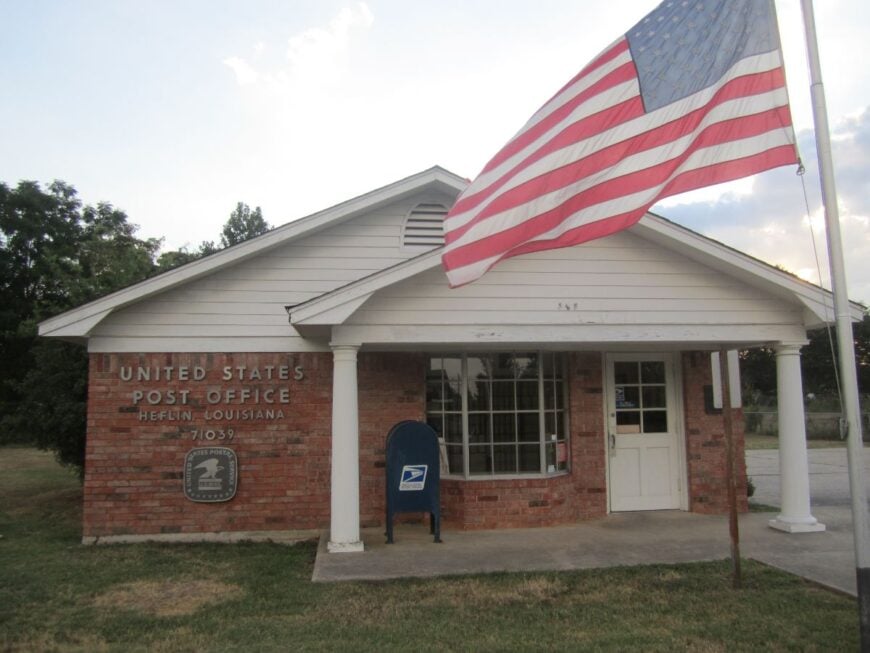
Heflin perches on a gentle rise where pines comb the wind and evenings smell like resin and cut grass. Its off-the-path calm comes from backroads and a habit of staying small.
The vibe is neighborly—mailboxes in tidy rows, dogs asleep in shade, and twilight chats that last until the lightning bugs start. Explore country lanes by bike, cast for bream in nearby ponds, or drop down to Bistineau for a morning paddle. A modest cluster of shops, churches, and home trades keeps life stitched tight.
Forestry, farming, and commuting provide the paychecks. It’s the kind of easy that can’t be faked.
Where is Heflin?
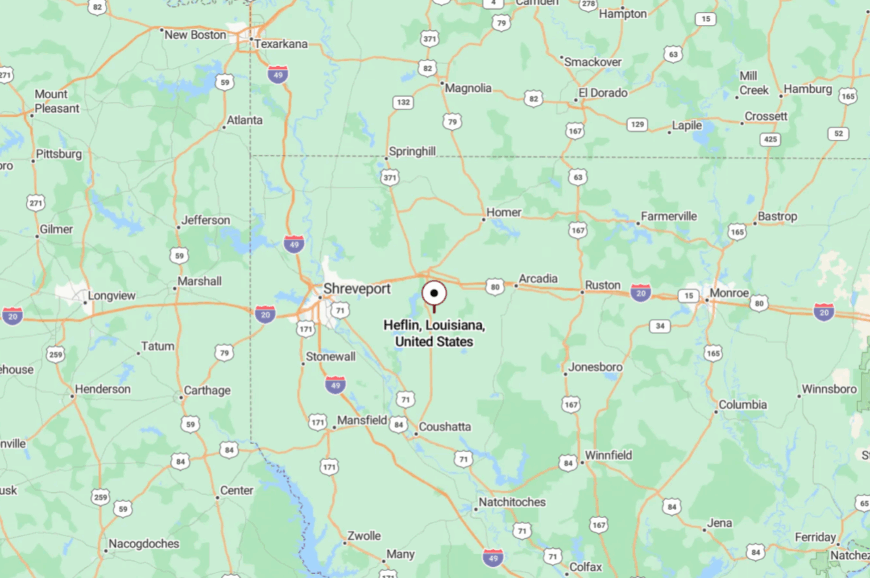
You’ll find Heflin in southern Webster Parish, roughly 10 miles south of Minden. LA-531 and LA-792 connect it to the wider world, with sandy parish roads doing the delicate work. Pine breaks hide it from passing eyes. You arrive already breathing more slowly.
15. Castor: High Ground over Quiet Hollows
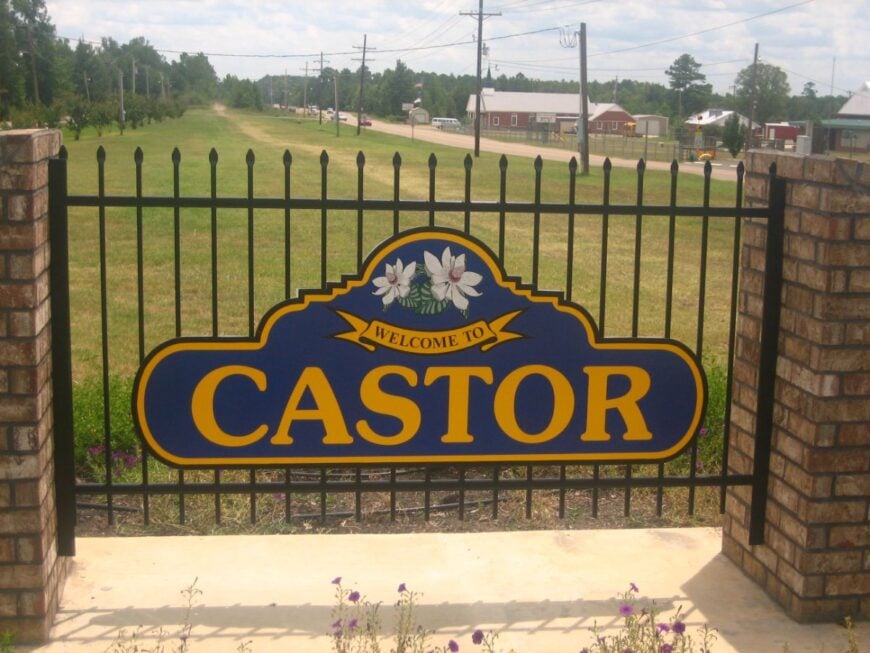
Castor sits on high, with hollows and branches radiating away into the pines like old stories. Its seclusion is a matter of elevation and distance—enough ridges and curves to keep it feeling like a destination, not a shortcut.
The vibe is friendly and old-fashioned: a few storefronts, school lights on Friday, and the clink of tackle boxes on Saturday. Hike short trails to overlooks, fish nearby creeks, or drive the ridge roads at sunset when the treetops go copper.
Community suppers still fill folding tables. Timber and school jobs steady the week. It’s a hilltop town with a porch-swing heart.
Where is Castor?
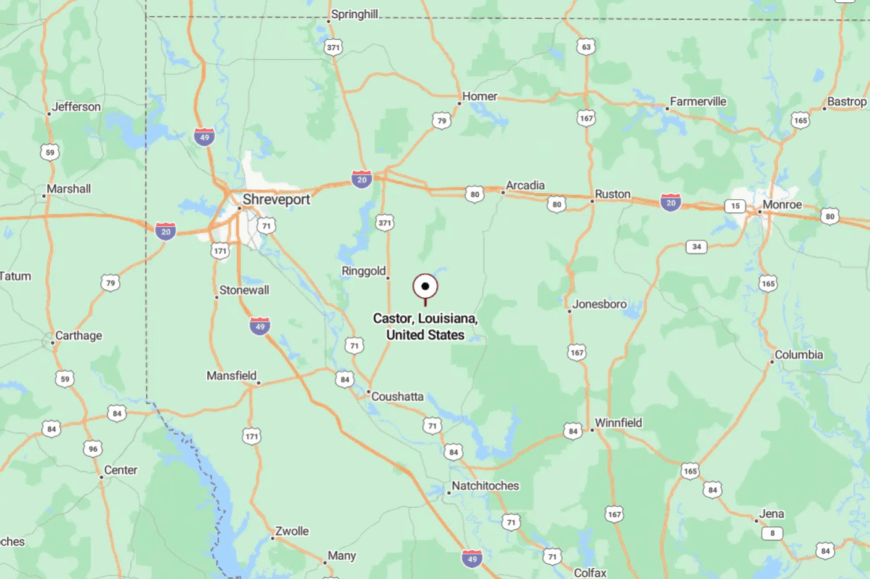
In eastern Bienville Parish, Castor lies about 14 miles southeast of the parish seat at Arcadia. LA-153 and LA-507 climb and dip to reach it, keeping speeds honest.
Pines and hollows keep the village visually tucked away. The last curve feels like opening a door into quiet.
14. Bienville: A Village with Deep Roots
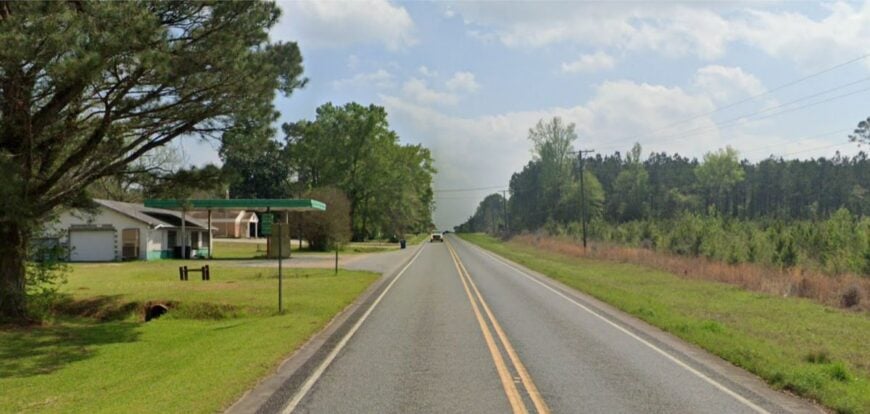
Bienville keeps its roots close—old cemeteries under oaks, a scattering of homes, and fields that hold the memory of earlier harvests. Its tucked-away feel comes from gently rolling country and the long way to the interstate.
The vibe is hushed and heritage-minded: church singings, potlucks, and stories traded across fence rails. Walk among historic markers, fish stock ponds with permission, or cruise to nearby wildlife areas for a short hike.
The calendar still bows to planting, hunting, and homecomings. Farming and forestry share the load. It’s the kind of steadiness that settles your shoulders.
Where is Bienville?

Set in south-central Bienville Parish, the village lies about 10 miles south of Arcadia. LA-9 and LA-507 are the easiest approaches, with the last miles narrowing under trees.
The absence of through-traffic preserves the hush. It’s easy to miss and happy to be.
13. Mount Lebanon: Brick, Steeples, and Quiet Streets
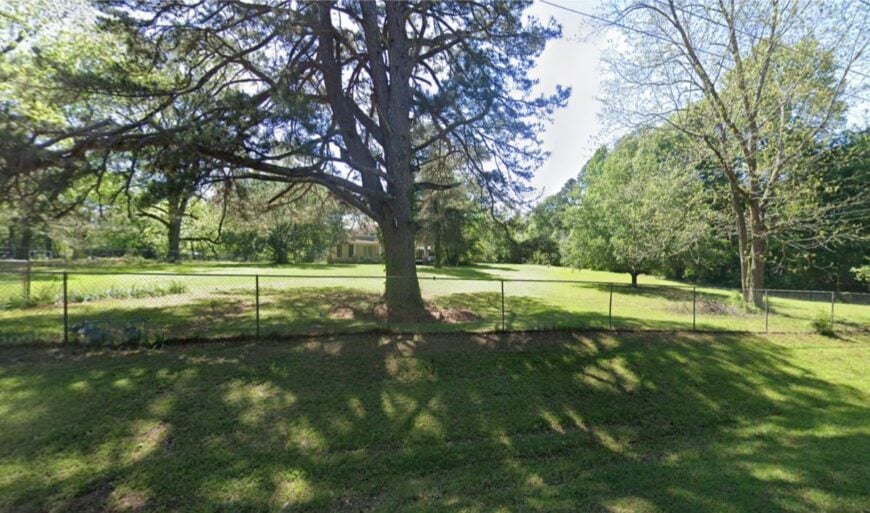
Mount Lebanon is history at a whisper—brick ruins, old academies, and churches that still shape the skyline. Its seclusion is baked into its small footprint and the canopy of oaks that shelter its lanes.
The vibe is contemplative and antique: weathered brick, wrought iron, and gravestones softened by lichen. Take a heritage walk, photograph classic façades, or drift along backroads where pasture meets pine.
On still afternoons, you can almost hear pages turning in the old academy halls. Heritage and light tourism mingle with ranching around the edges. It’s a page from the past left open on the table.
Where is Mount Lebanon?
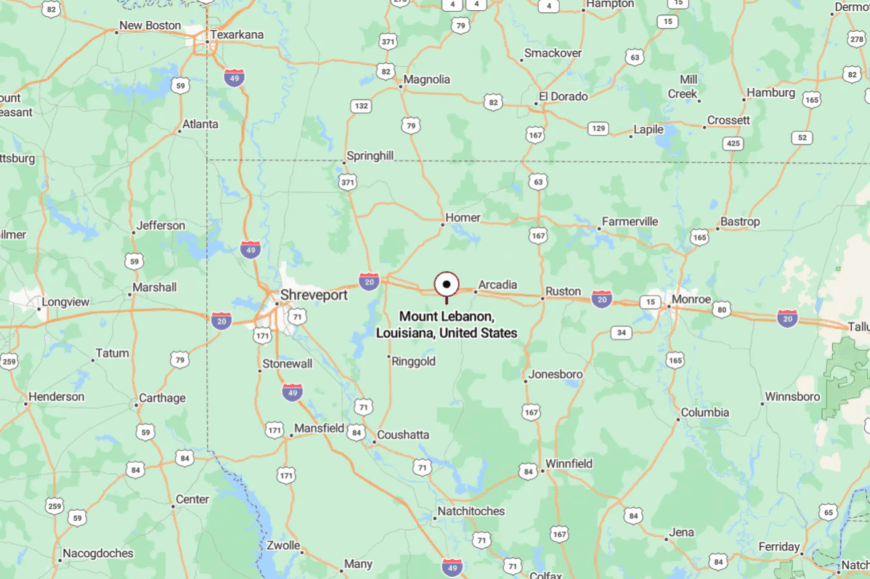
You’ll find it in northern Bienville Parish, a short country drive southwest of Arcadia. County-quiet routes split off from LA-154 and LA-9 to reach the village.
Trees and gentle hills obscure it from hurried travelers. It’s close on the map, distant in mood.
12. Goldonna: Kisatchie’s Quiet Gateway
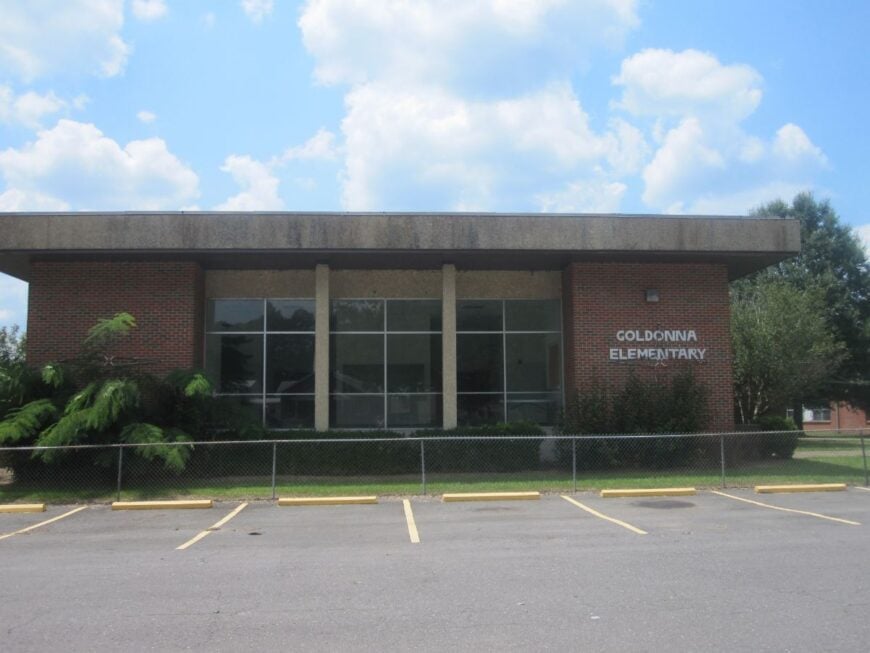
Goldonna curls at the edge of forests and bayous, a little launchpad for people who measure days in trail miles and river bends. Its seclusion comes from longleaf pines on every side and the nearest four-lane being a memory by the time you arrive.
The vibe is piney-woods rustic—canoes on racks, coolers in truck beds, and porches strung with camp lights. Paddle Saline Bayou, hike Kisatchie’s backcountry, or birdwatch where woodpeckers tap through the morning.
A small store and a couple of services hold the center together. Timber and outdoor recreation keep dollars circulating. It’s a village that breathes at trail pace.
Where is Goldonna?
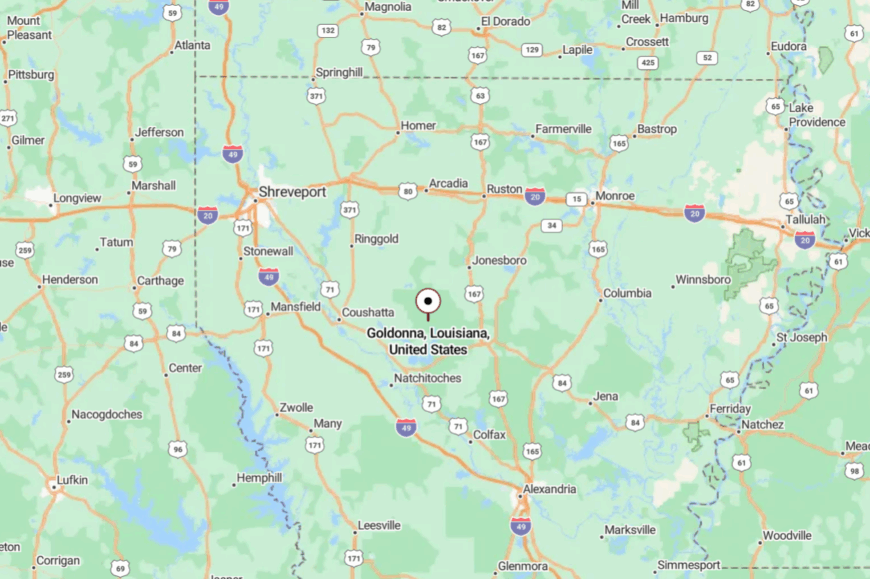
Goldonna sits in the far north of Natchitoches Parish near the line with Winn and Bienville parishes. LA-156 and a patchwork of forest roads carry you in from Winnfield or Saline.
Pines swallow the sound of traffic long before you arrive. It’s close enough for a weekend, far enough to feel like camp.
11. Kilbourne: Delta Edge, Borderline Quiet
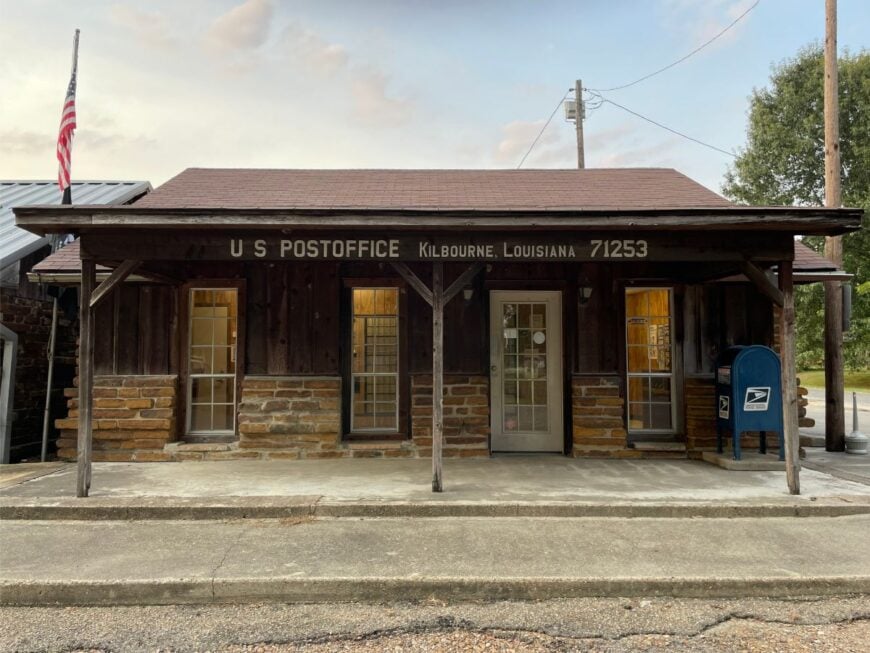
Kilbourne sits on the last sliver of Louisiana before the Arkansas line, where straight roads meet endless fields and the wind carries the whisper of corn and cotton. Its seclusion comes from the Delta’s wide-open distances—few towns, long horizons, and a map of two-lanes that rarely see strangers.
The vibe is spare and steadfast: grain bins gleaming at sunset, porch swings under pecans, and trains that pass often enough to mark time. Roll a sunrise drive along levees, listen for bobwhite calls on quiet field edges, or cast a line in roadside borrow pits and farm ponds.
Wander into nearby produce stands when melons come in, or make a day trip south to ancient earthworks at Poverty Point. Row-crop agriculture anchors daily life, with seasons written into the soil. It’s the kind of place where the sky feels like a neighbor.
Where is Kilbourne?
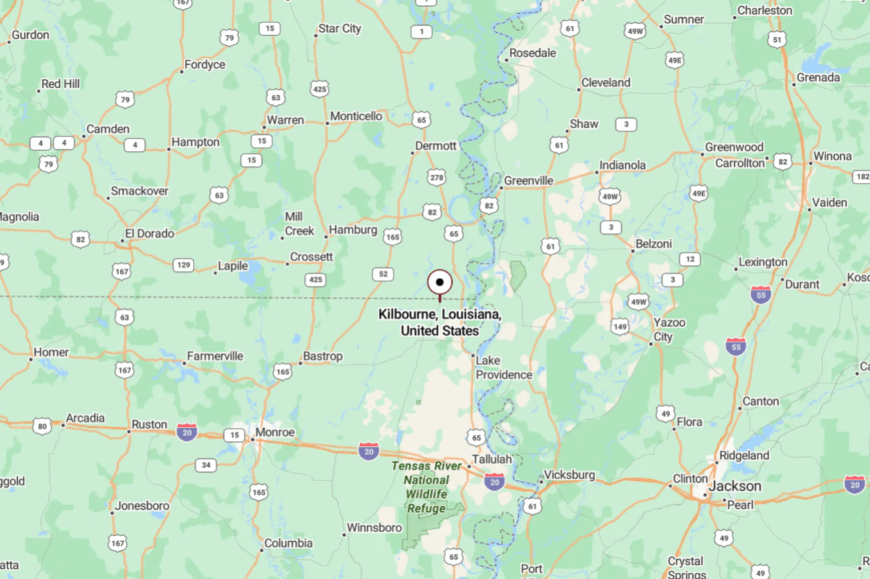
Kilbourne lies in far northeastern Louisiana’s West Carroll Parish, just a mile or so from the Arkansas border and about 55 miles northeast of Monroe. Most visitors reach it by taking US-165 to Bastrop, then LA-2 to Oak Grove and turning north on LA-17.
The approach is all flat country and fencerows, with big sky for company and little traffic to hurry you along. It’s close enough for a leisurely drive, yet far enough to feel like you’ve left everything behind.
10. Lucky
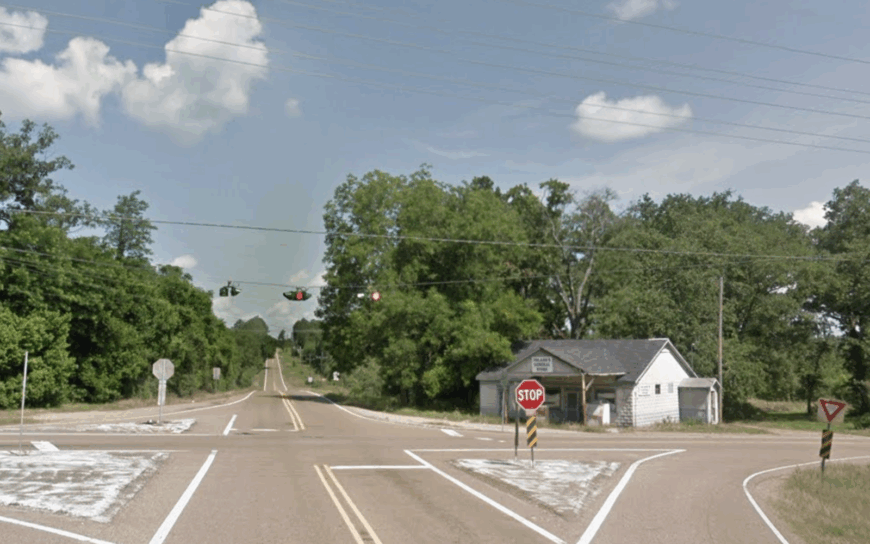
Lucky claims roughly 250 people and a handful of gravel streets shaded by towering pines. Weekends are spent riding four-wheelers through timber tracts, casting for bream in nearby Mill Creek, or swapping stories over plate lunches at the volunteer fire station’s fundraiser.
Logging, small cattle operations, and seasonal hunting leases form the village’s modest economic base. Tall trees blot out distant towns, and a faded “Welcome to Lucky” sign off Highway 4 reminds travelers they have entered one of the quietest corners of Bienville Parish.
A hidden gem is the long-abandoned Lucky School gym where locals still host bluegrass jams on summer nights. The slow pace, paired with miles of uninterrupted forest, secures the village’s place on any list of tucked-away hideouts.
Where is Lucky?
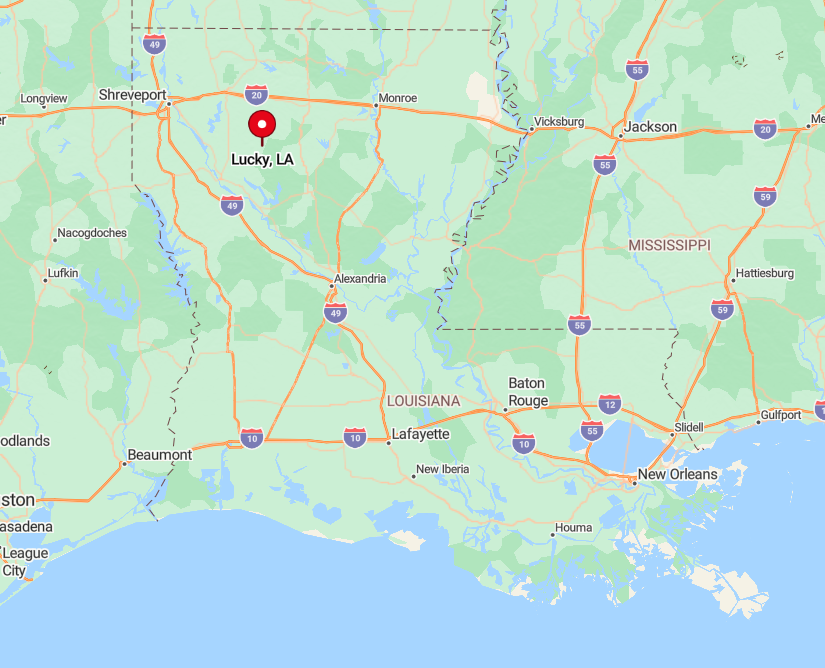
Lucky sits in north-central Louisiana about 14 miles northwest of the parish seat, Arcadia. Thick pine stands in every direction buffer the settlement from highway noise, making the nearest four-lane road a good twenty minutes away.
Visitors typically exit Interstate 20 at Arcadia and weave north along rural Highway 9 before turning onto LA-4, a narrow route that sees more log trucks than tourists. The final stretch, marked by gravel shoulders and a lone water tower, signals that true seclusion has been reached.
9. Spearsville
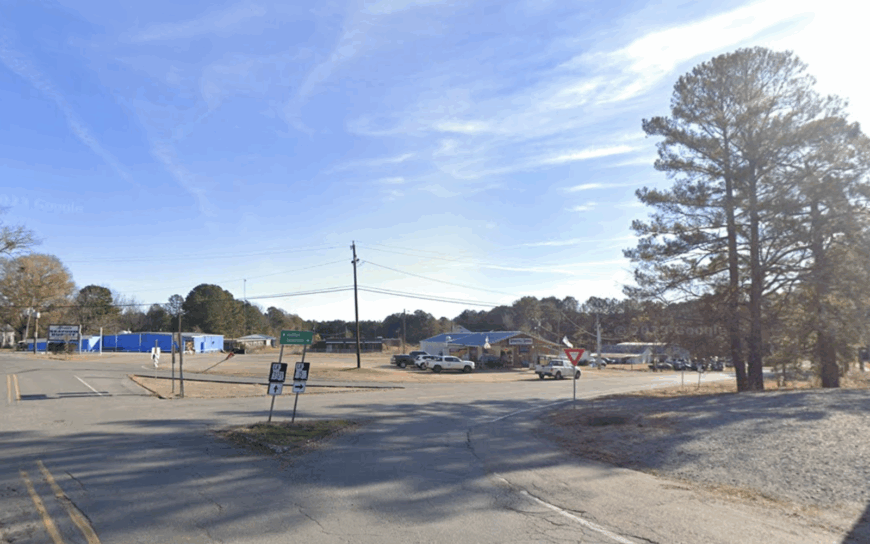
Spearsville supports close to 330 residents, though the steady hush suggests even fewer. Antique storefronts from the early 1900s line one side of Main Street, inviting travelers to step inside the tiny post office, browse handmade quilts at Julie’s Mercantile, or sip sweet tea beneath a corrugated awning.
Cattle ranching and managed tree farms dominate local employment, with periodic farmers’ auctions drawing folks in from surrounding parishes. The community sits more than 20 miles from the nearest divided highway, so traffic rarely climbs above a tractor’s crawl.
A lesser-known attraction is the Spearsville Heritage Walking Trail, a mile-long loop that threads past century-old pecan trees and a lovingly preserved sawmill boiler. Together, the limited access and wide fields create a feeling of open-sky solitude you seldom find outside the Great Plains.
Where is Spearsville?
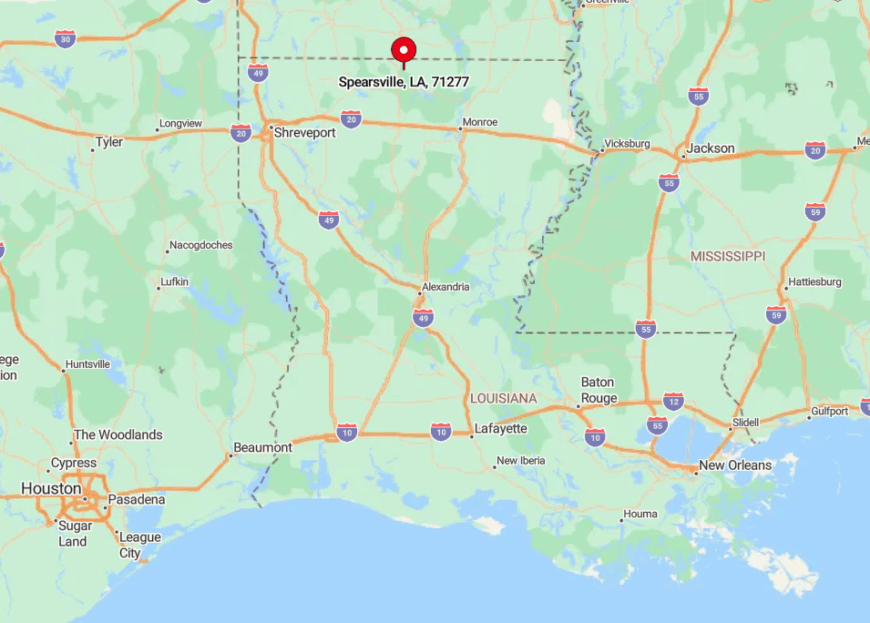
The village rests in Union Parish less than three miles south of the Arkansas border. Rolling pastureland and loblolly pine plantations hem it in, leaving only two paved routes, LA-15 and LA-552, to connect residents with the outside world.
Travelers most often reach Spearsville by turning north from Farmerville or west from El Dorado, Arkansas, each drive taking about 30 minutes through undulating hills. Once the water tower comes into view, cell service weakens and the countryside’s hush takes over.
8. Sikes
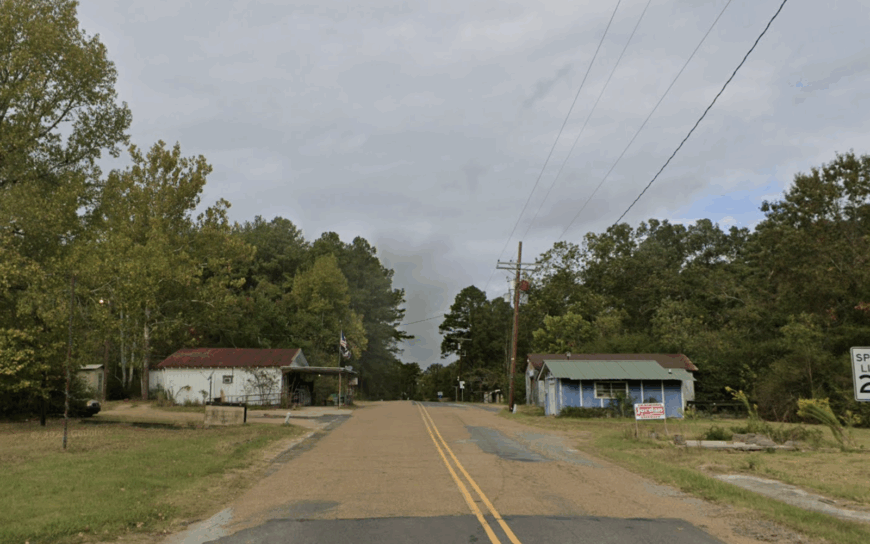
Sikes counts around 120 inhabitants and sits on the edge of the sprawling Kisatchie National Forest. Days here revolve around hiking trailheads at Gum Springs, kayaking Castor Creek, or browsing homemade jams at the volunteer fire department’s monthly market.
Timber remains the chief industry, complemented by hunting camps that fill during deer season. Encircled by federal forest and reached by a single state highway, the town remains largely out of sight to vacation traffic barreling toward Toledo Bend.
A little-known highlight is the annual Old-Time Woodsmen Contest where locals still square-off in crosscut saw races and ax throws. Limited Wi-Fi and the soft whoosh of wind through longleaf pines underscore just how far removed Sikes is from urban rhythm.
Where is Sikes?
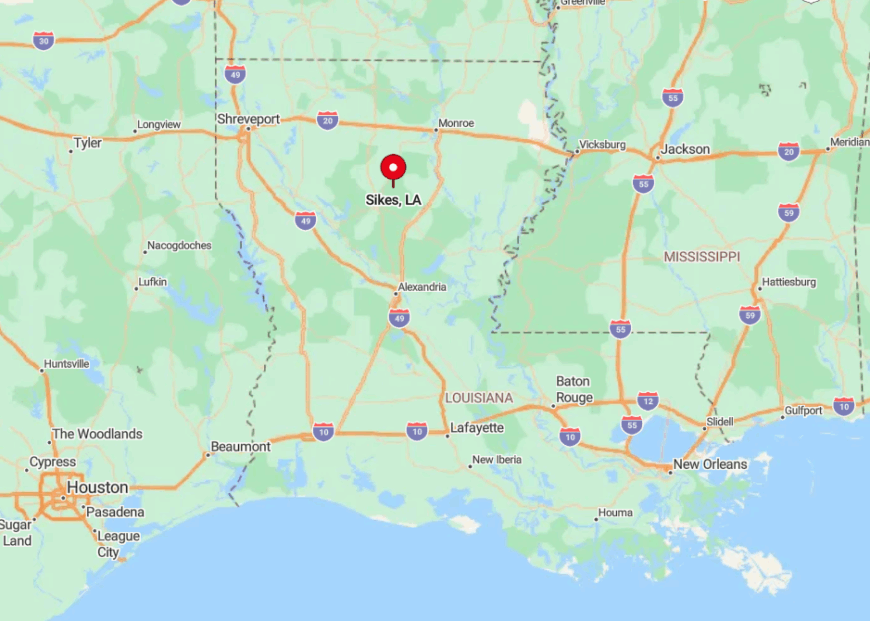
The community lies in southern Winn Parish at the junction of LA-126 and LA-499, about 40 minutes southwest of Monroe. Dense national-forest acreage blocks through-traffic, leaving only hunters, timber haulers, and in-the-know campers to round the bends.
Visitors usually exit US-167 at Dodson, then follow meandering parish roads that narrow the closer one gets to Sikes. With no stoplights and spotty signage, arriving often feels like uncovering a secret checkpoint deep in the woods.
7. Bryceland
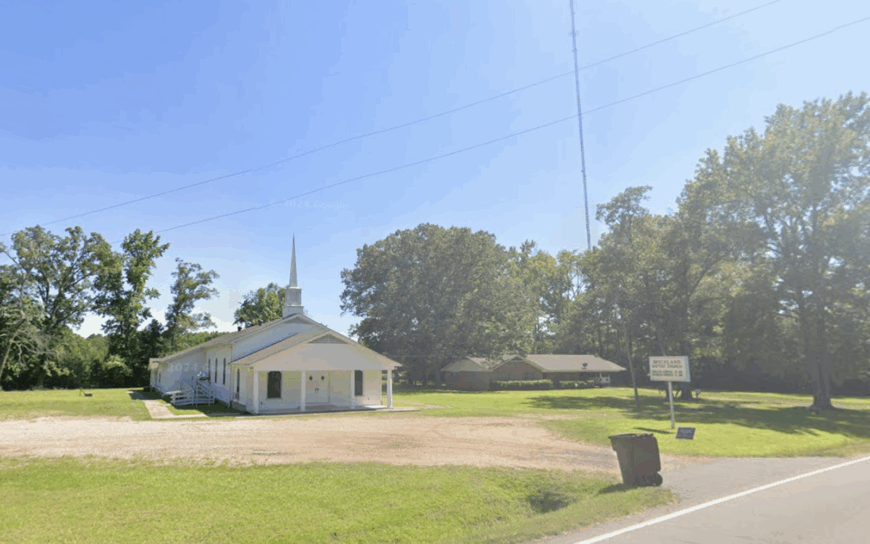
Bryceland is home to fewer than 100 people, a historic brick church, and a two-pump general store that doubles as the social hub. Locals tend hayfields, fish farm ponds for catfish suppers, and gather at Wednesday-night hymn sings that echo across open pasture.
Agriculture provides nearly every job, with large family farms growing sorghum and raising beef cattle on tracts that stretch beyond the horizon. Those vast acreages, paired with a complete lack of chain businesses, help keep outside traffic at bay.
A cherished oddity is the century-old hand-cranked syrup mill still fired up each fall behind the church. All told, Bryceland’s quiet lanes and horizon-wide skies embody rural insulation.
Where is Bryceland?
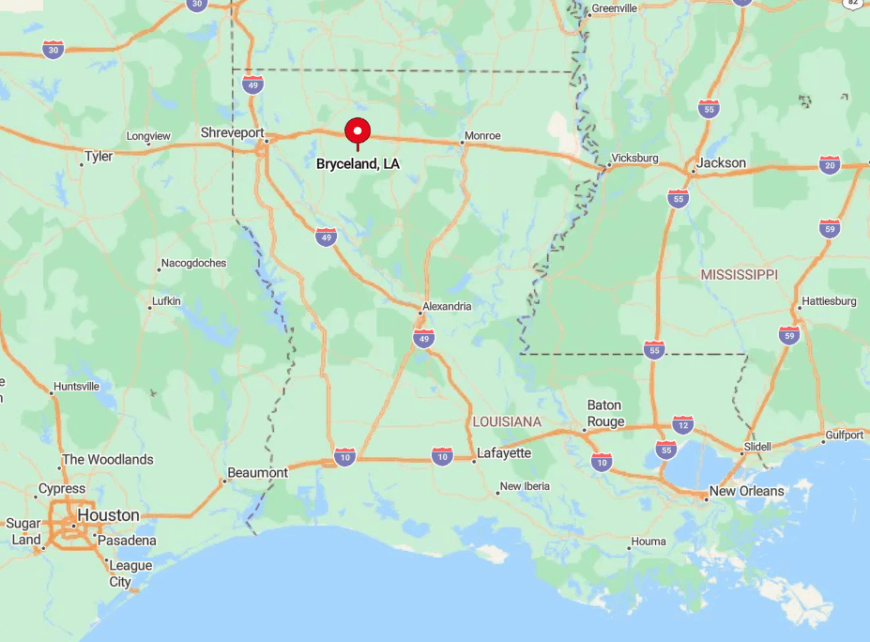
Set in southeastern Bienville Parish, Bryceland sits 12 miles south of Arcadia and roughly the same distance east of Saline. The settlement occupies a high ridge between two bayous, leaving it off main freight corridors and unseen by most mapping apps.
LA-507 is the lone paved lifeline, connecting to US-167 after a winding 15-minute drive. That limited access and the surrounding 1,000-acre farms guarantee sparse traffic and plenty of stillness.
6. Lisbon
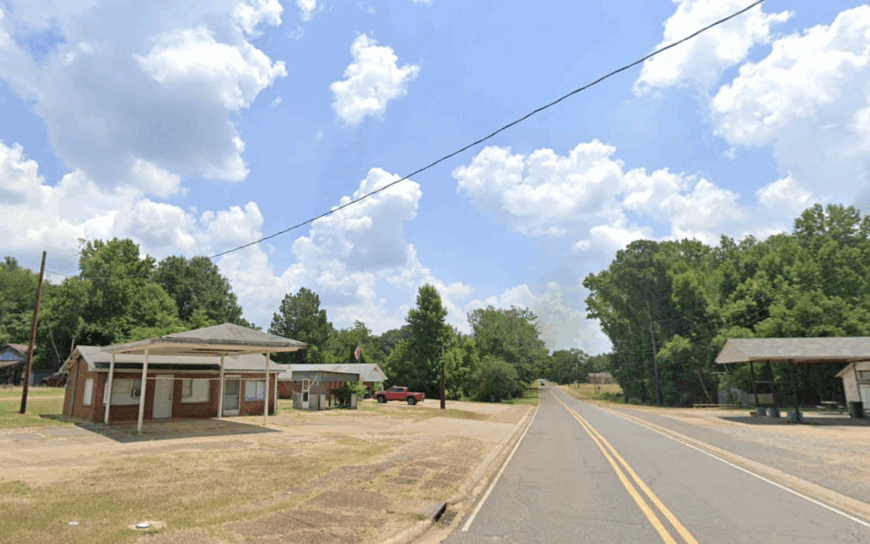
Lisbon, an unincorporated hamlet of about 150, features white-clapboard homes spaced generously along oak-lined lanes. Residents garden, host fish fries at Liles Camp Ground, and explore Claiborne Parish Wildlife Management Area just down the road.
Small-scale poultry farming and logging are the principal sources of income, supplemented by a few home-based craft businesses. Darkness remains deep here because streetlights are almost nonexistent and the nearest town lights glow 15 miles away in Homer.
Those clear night skies make Lisbon a favorite of amateur astronomers who set up telescopes on back-pasture knolls. Life moves to the rhythm of cicadas, not traffic noise.
Where is Lisbon?
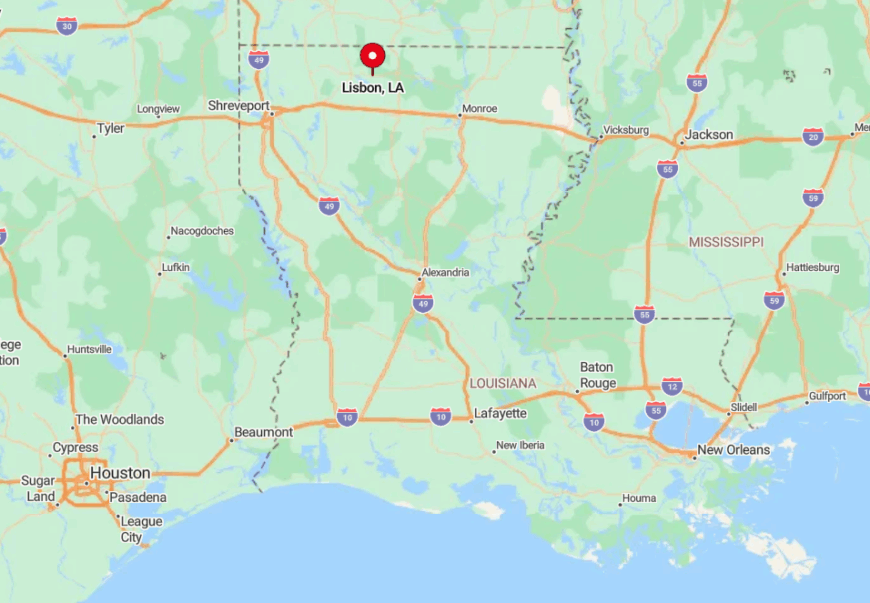
Lisbon lies in northern Claiborne Parish, reached primarily by LA-2 Alt and a lattice of gravel parish roads. Hardwood forests, pastures, and a maze of creeks act as natural buffers against expansion.
Travelers usually exit Interstate 20 at Minden, then head north 25 miles through rolling hills before a small green highway sign finally announces Lisbon. The absence of convenience stores, billboards, and even a gas station seals its sense of remoteness.
5. Quitman
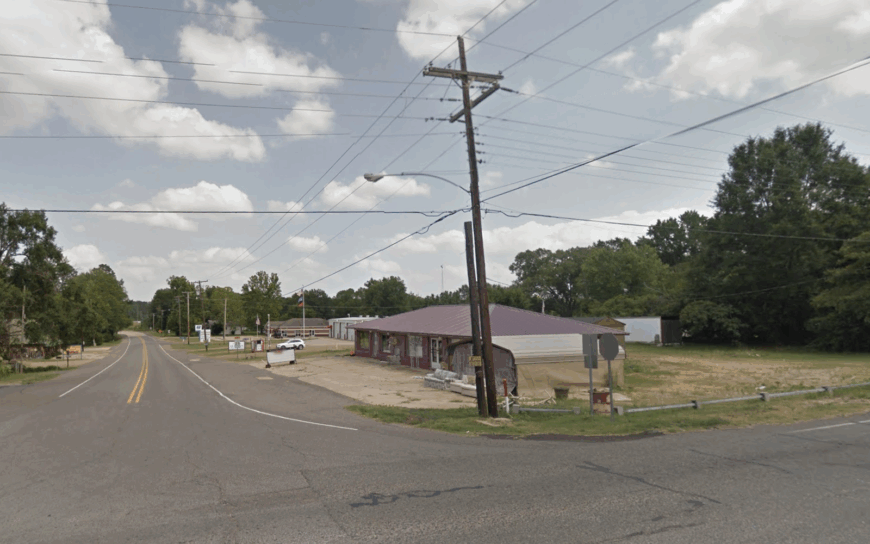
Quitman’s population hovers near 180, yet the pride of its high-school Wolverines fills Friday nights with spirited football and homemade chili. Days are spent strolling past Victorian-era houses on Main Street, geocaching in Jackson-Bienville State Forest, or cheering barrel racers at the annual sheriff’s rodeo.
Timber harvesting and school employment form the economic backbone, with a smattering of small sawmills operating on the outskirts. A tight ring of dense pines screens the village from US-167 just three miles west, keeping drive-by discovery rare.
Few outsiders know of the Cold Springs sandstone bluff hidden off Forest Service Road 562, a popular picnic spot among locals. Combined, the wooded barrier and single access road foster an almost camp-like isolation.
Where is Quitman?
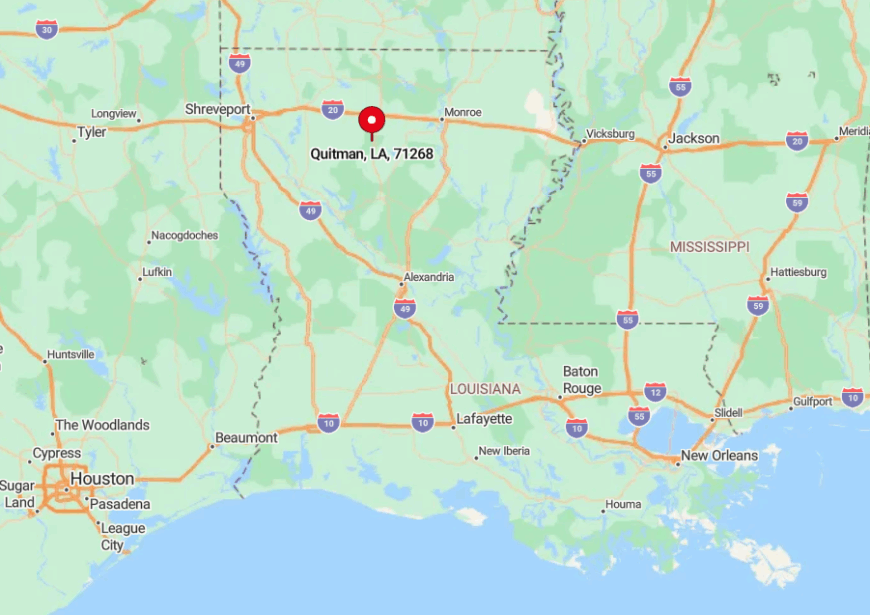
The village sits in northern Jackson Parish about 15 minutes south of Ruston. Because Main Street does not directly intersect US-167, most motorists pass unaware of the community tucked behind pine breaks.
Reaching Quitman involves a short detour along LA-155, then a turn onto whisper-quiet Spur 564 where oaks arch overhead. Once there, visitors may realize they have left steady cell coverage behind.
4. Jamestown
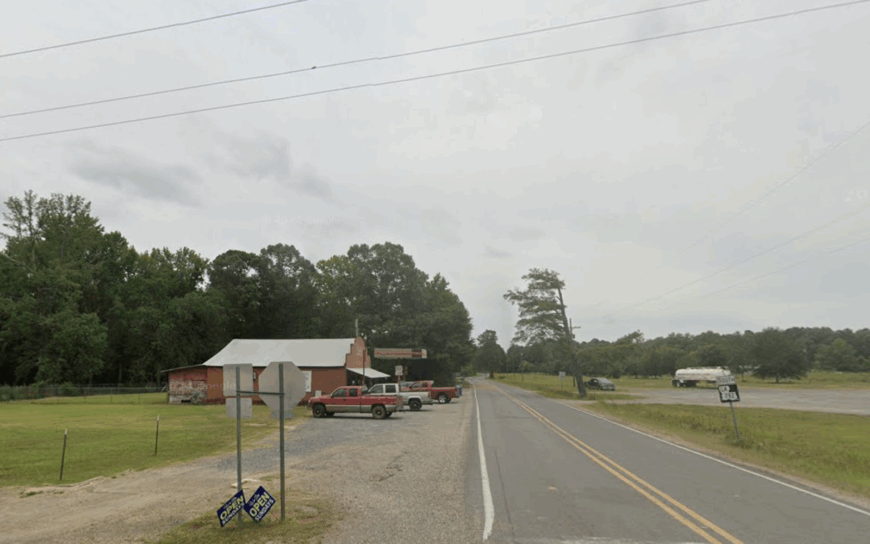
Jamestown numbers close to 135 residents and is wrapped on three sides by bayous feeding Lake Bistineau. Anglers launch flat-bottom boats beneath moss-draped oaks, bird-watchers scan for prothonotary warblers, and neighbors convene at the two-room community center for gumbo cook-offs.
Forestry and guiding services for fishing and duck hunting anchor the economy, with seasonal tourism peaking in spring and early winter. The water-logged bottomland forests act as a natural moat, while gravel causeways discourage heavy vehicles, giving the settlement its hushed atmosphere.
An overlooked gem is the century-old floating duck blind tied up behind the volunteer fire station, a relic still used each December. Such quirks underscore the village’s blend of tradition and seclusion.
Where is Jamestown?
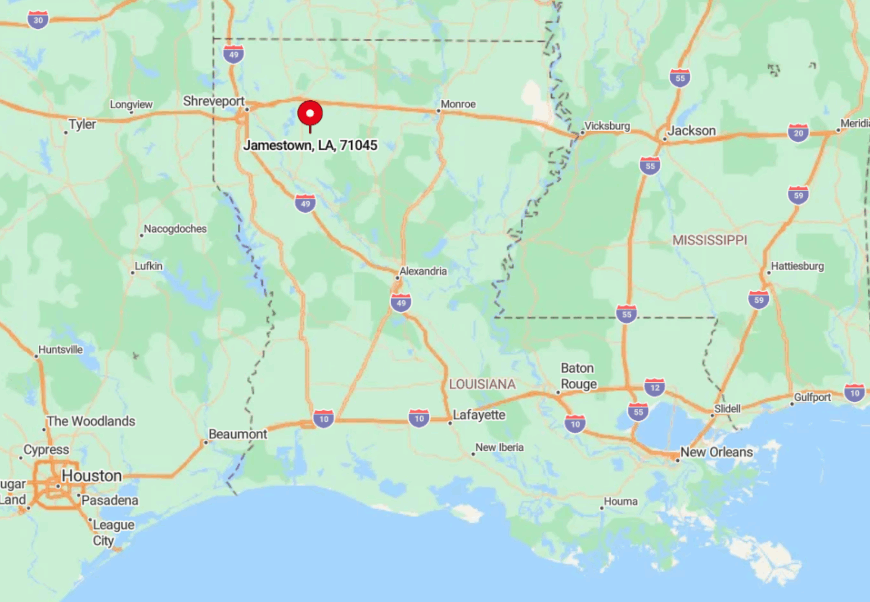
Located in southern Bienville Parish, Jamestown lies roughly 10 miles east of Castor via twisting LA-154. Encircling bayous, low bridges, and frequent floodplain closures mean arrivals often depend on weather and water levels.
Most visitors exit I-20 at Minden, then snake south through forest on highways that narrow to one lane in spots. That watery barrier helps keep nightlife limited to crickets and croaking frogs.
3. Athens

Athens records a population just shy of 250 and boasts the picturesque ruins of the 19th-century Claiborne Parish courthouse at its heart. Residents picnic among stone arches, trace family names in the adjacent cemetery, or hunt for deer in surrounding mixed-hardwood hills.
Small beef operations, niche goat dairies, and school jobs make up the modest economic mix. Being 18 miles from the closest four-lane road means the faint murmur of distant traffic never reaches these hills.
Not many travelers know the ruins hide a time capsule buried in 1976 that will be opened in 2076, adding a dash of mystery. Combine this with gently rolling terrain and limited cell towers, and Athens feels paused in an earlier era.
Where is Athens?
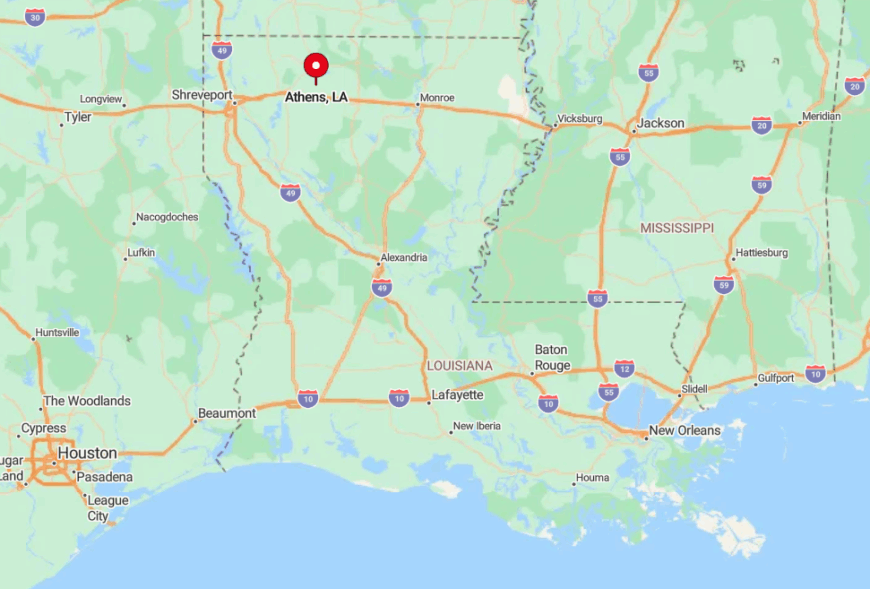
The village sits near the geographic center of Claiborne Parish, five miles north of LA-9 on parish Road 23. Hilltops block line-of-sight to any large town, helping keep skies dark and uncluttered.
Visitors usually turn off US-79 at Homer, then follow a winding ten-mile drive through pine and hardwood stands before courthouse ruins appear on the right. That last stretch lacks gas stations or cafés, reinforcing that Athens stands off the beaten path.
2. Ida
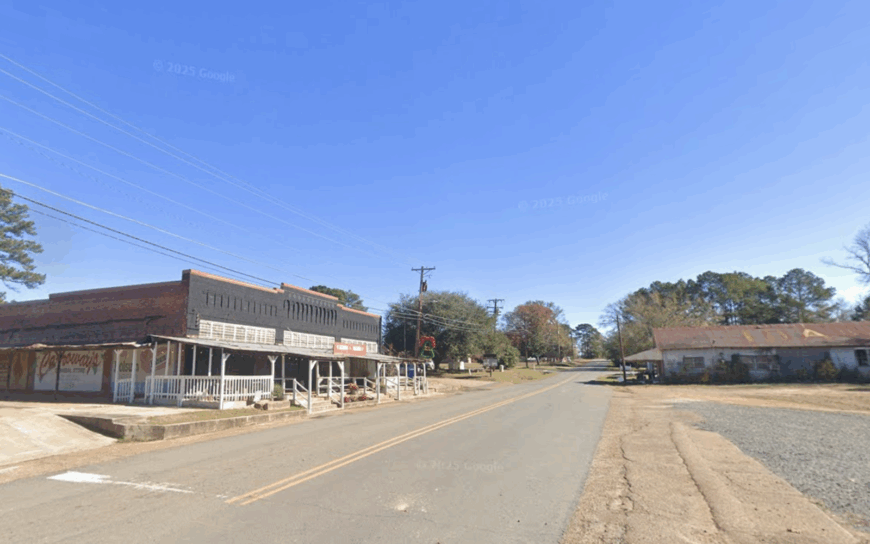
Ida hosts about 220 residents, a set of vintage gas pumps, and tidy homes fronted by wide porches perfect for afternoon conversations. Railfans photograph remnants of the old Kansas City Southern depot, while hikers seek out the Wild Azalea Trail at nearby Loggy Bayou Wildlife Management Area.
Forestry, small-scale hay production, and antique dealing make up most livelihoods. Massive pine plantations and the Arkansas border just a mile north buffer the village from urban creep.
Few visitors realize Ida’s volunteer museum contains a rare 1920 rail handcar still operational during festival days. These quiet distinctions maintain its laid-back tempo.
Where is Ida?

The community lies in far-north Caddo Parish along US-71, 36 miles north of Shreveport. Density drops sharply once motorists pass Gilliam, and cell coverage flickers near the state line.
Most travelers arrive via Interstate 49, exit at Mira, then cruise tree-lined US-71 until Ida’s antique-store banners come into view. With no interstate interchange and dense forest to the west, Ida continues to enjoy its sheltered setting.
1. Lillie

Lillie, population about 115, curls around a solitary railroad crossing and a weather-beaten feed mill that still loads soybeans each fall. Residents fish tributaries of Bayou de Loutre, host gospel sings at Mount Zion Church, and gather at the community hall for monthly pot-luck suppers.
Soybean farming and rail shipping drive the tiny economy, with a few residents commuting to El Dorado, Arkansas, for refinery work. Expansive fields and a near-absent commercial strip leave night skies pitch black and days marked only by the occasional train horn.
A secret pleasure is the shortline’s annual Christmas caboose ride offered free to local children, an event almost unknown outside Union Parish. These small joys highlight how well Lillie preserves its quiet identity.
Where is Lillie?
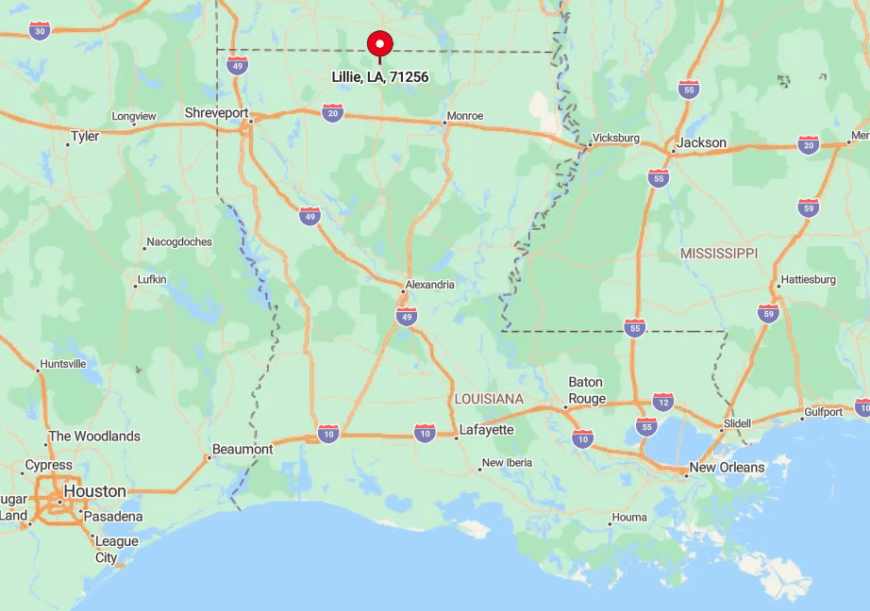
Lillie straddles the Louisiana-Arkansas line on US-167, 20 minutes north of Farmerville. To the east spreads the 30,000-acre Union Wildlife Management Area, while westward soybean and corn plots run uninterrupted to the horizon.
Drivers exiting Interstate 20 at Ruston or Calhoun travel north along US-167, eventually spotting a lone flashing railroad crossing light that signals arrival. With no fast-food outlets, motels, or bright signage, Lillie stands as Northern Louisiana’s quintessential tucked-away town.






